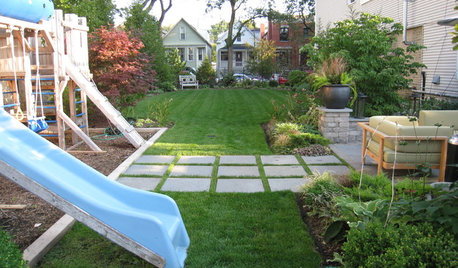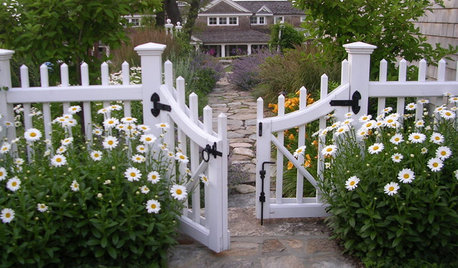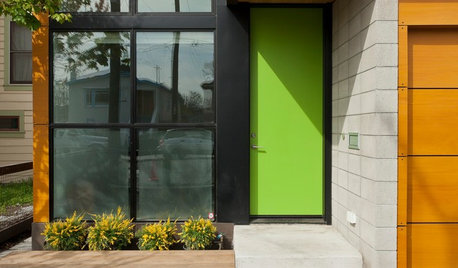Buzz in our stove when next door neighbor runs hot tub
bjs360
10 years ago
Related Stories

LIFE6 Tips for Teaching Your Kids to Be Good Neighbors
Everyone wins when your children learn to respect boundaries, get help when they need it and show others they care
Full Story
LIFEHow to Get Along With the Neighbors — and Live Happier at Home
Everyone wins when neighbors treat one another with kindness, consideration and respect
Full Story
HOUZZ TOURSMy Houzz: Neighbors, a Love Story
Australian neighbors find each other a perfect match. Now the 1940s home they share is a family haven
Full Story
PETSHow to Help Your Dog Be a Good Neighbor
Good fences certainly help, but be sure to introduce your pup to the neighbors and check in from time to time
Full Story
SIMPLE PLEASURESThe Art of Being Neighborly
Learn the heartfelt gestures that go a long way toward creating a welcoming community
Full Story
CURB APPEAL7 Ways to Create a Neighborly Front Yard
Foster community spirit by setting up your front porch, paths and yard for social interaction
Full Story
CONTRACTOR TIPSBuilding Permits: When a Permit Is Required and When It's Not
In this article, the first in a series exploring permit processes and requirements, learn why and when you might need one
Full Story
CURB APPEAL9 Daring Colors for Your Front Door
Stand out from the neighbors with a touch of neon green or a punch of hot pink
Full Story
KITCHEN DESIGN9 Questions to Ask When Planning a Kitchen Pantry
Avoid blunders and get the storage space and layout you need by asking these questions before you begin
Full Story
SELLING YOUR HOUSEFix It or Not? What to Know When Prepping Your Home for Sale
Find out whether a repair is worth making before you put your house on the market
Full StoryMore Discussions









marknmt
bjs360Original Author
Related Professionals
Burlington General Contractors · Bay Shore General Contractors · Country Club Hills General Contractors · Dover General Contractors · Easley General Contractors · Greenville General Contractors · Parkersburg General Contractors · Red Wing General Contractors · Saratoga Springs Solar Energy Systems · Centennial Home Automation & Home Media · Flower Mound Home Automation & Home Media · Naperville Home Automation & Home Media · Safety Harbor Home Automation & Home Media · Wheaton Home Automation & Home Media · Sugar Hill Home Automation & Home Mediabus_driver
bjs360Original Author
marknmt
bjs360Original Author
bus_driver
marknmt
bjs360Original Author
Ron Natalie
marknmt
bus_driver
bjs360Original Author
joefixit2
bjs360Original Author
klem1
bus_driver
Taylor Electrical Solutions, LLC
klem1
bus_driver
klem1
bus_driver
Valdemar
bjs360Original Author
marknmt
pprioroh
itsunclebill